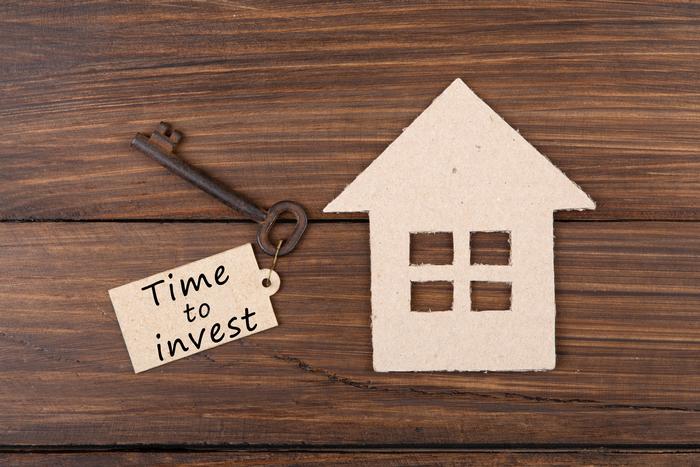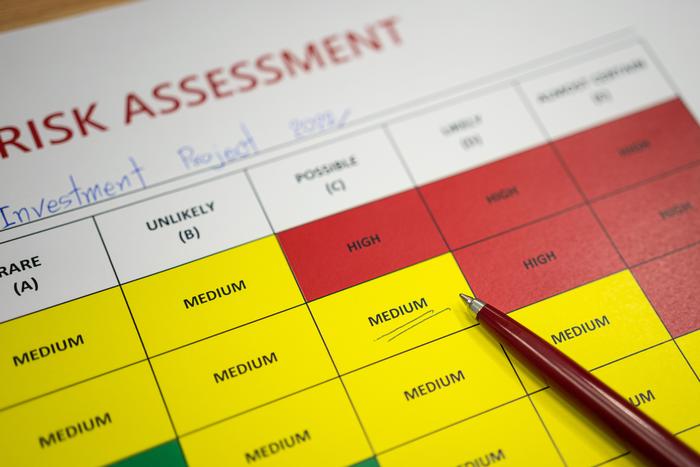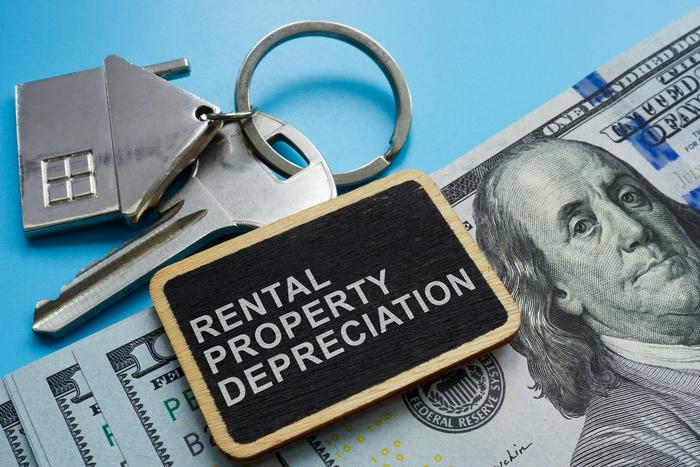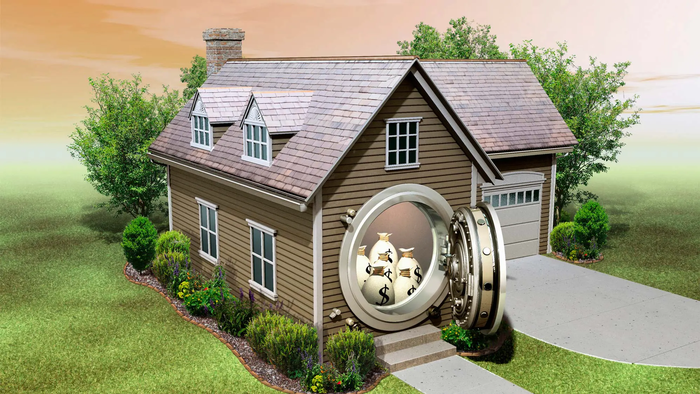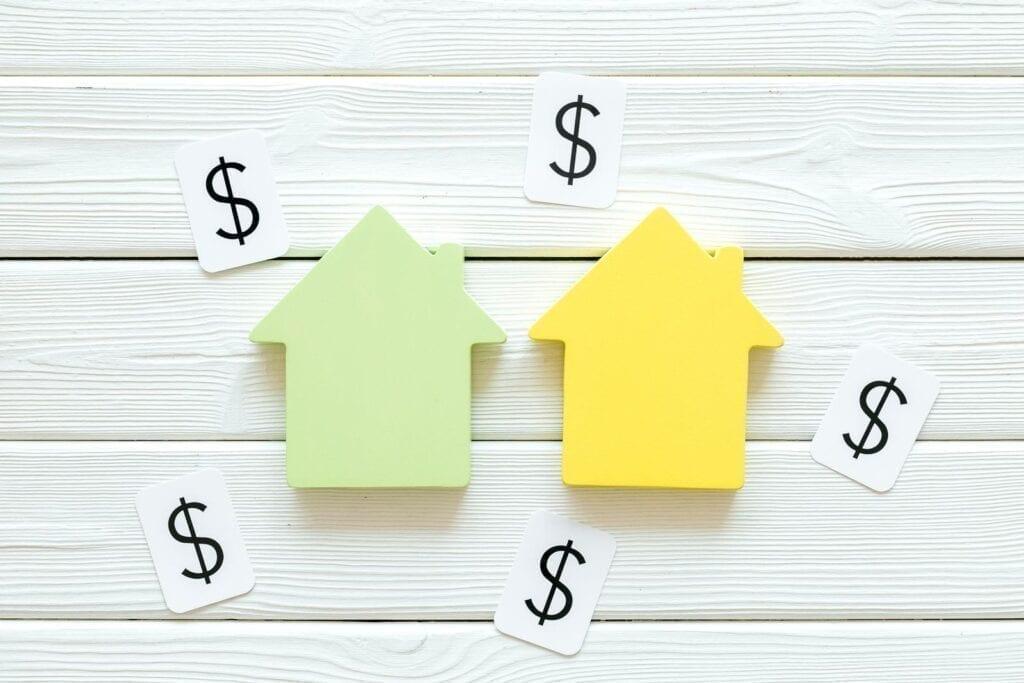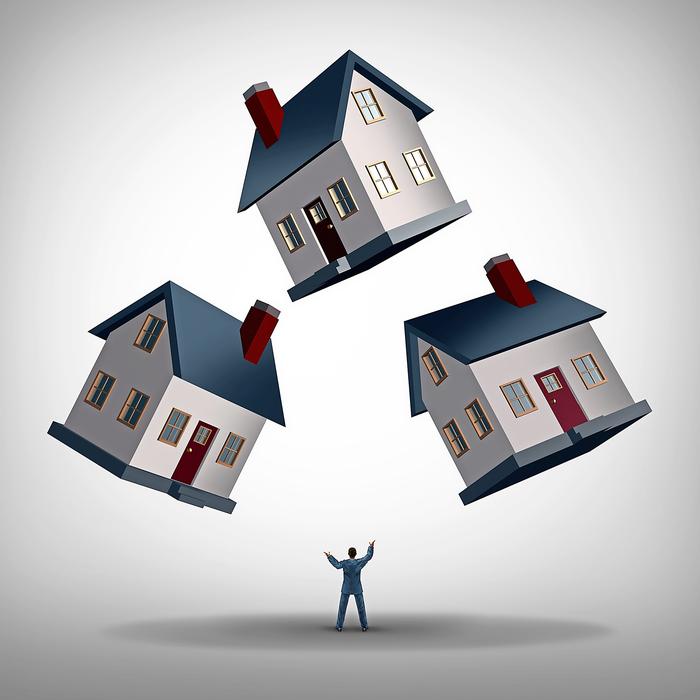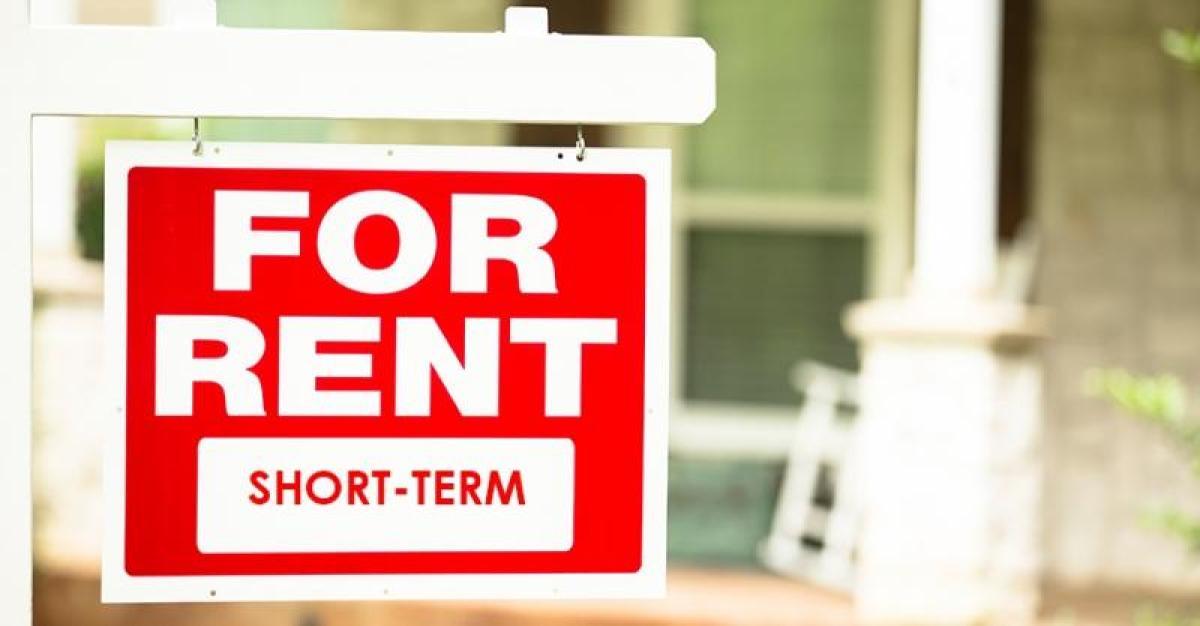What is real estate farming?
We know - it sounds like it’s done with a shovel and tractor. While it does take time, patience, and a little hard work to get results (just like actual farming) real estate farming is the term agents used to describe the process of long-term relationship building.
Buying or selling a home is a huge and potentially life-changing decision. For most people, the decision to move and work with a specific realtor doesn’t happen overnight. Instead, trust is built over months of research, discussion, and referrals. Throughout this process, realtors continuously cultivate the “seed” that was planted at their first meeting or touchpoint with a potential client.
By adding value, demonstrating their knowledge of the market, and staying in front of prospects, agents can significantly increase their business - even outperforming the market average by multiple times!
Real estate farming involves more than just timely and thorough follow-up, though. Specifically, real estate farming is focused on developing business within a defined section of the real estate market (demographically or geographically).
Agents can use many different approaches to effectively farm their territory. However, digital real estate farming is quickly becoming the preferred method of conducting outreach and winning new clients.
Why?
In this article, we’ll dive deep into digital real estate farming and explore exactly what it is, a step-by-step process for success, cutting-edge tools, and creative ways to stand out from your competitors online. Read the full guide, or simply jump to the section
Table of Contents
- What is the Digital Farming Approach in Real Estate?
- Does Digital Real Estate Farming Work?
- How to do Real Estate Farming Step-by-Step
- 7 New Real Estate Farming Ideas to Stand Out and Win
- Benefits of Digital Real Estate Farming
- Real Estate Farming FAQs
What is the Digital Farming Approach in Real Estate?
Digital real estate farming describes the process of developing a specific set of prospects over time through highly personalized digital marketing and outreach tactics. These prospects can be segmented and marketed based on shared attributes like where they live or the type of property they own.
Many agents use both traditional and digital methods of farming their territory. Digital real estate farming is truly the best way to reach prospects where they spend the bulk of their time, and where they usually begin their real estate journey: online.
In most cases, real estate “farms” are created by defining groups of prospects that are segmented either geographically or demographically.
What is Geographical Farming in Real Estate?
Geographic farming is the exact opposite of a shotgun approach. Instead of trying to appeal to any and all homeowners across a large territory, geographic farming relies on a proven process of restricting sales and marketing efforts to a defined area.
Geographic targeting can be done by focusing on clearly defined territories like the following:
1. A specific zip code.
2. A neighborhood or subdivision.
3. Sections (or the entirety) of a small town.
What is Demographic Farming in Real Estate?
Rather than focusing on a particular region, demographic farming in real estate is the strategy of marketing to prospects who share similar attributes (not just proximity to a particular region).
Demographic attributes that can be used for segmentation include:
- Income levels.
- Age ranges.
- Employment status.
- Length of homeownership.
Demographic vs Geographic Targeting: Which is Better?
Agents can use an effective combination of both demographic and geographic segmentation when creating their farming territories.
For example, an agent might choose to define their target and then pursue only high-income households in that specific region. While this approach does limit the total number of available prospects, it also allows agents to use very precise and clear messaging, and produce a higher-than-average ROI on closed business.
Tools like Smart Data make it easy to define a geographic region for farming, and then drill down into specific demographic data for homeowners in that area – giving you the best of both approaches.
Does Digital Real Estate Farming Work?
Digital real estate is one of the most effective forms of new lead generation, prospect nurturing, and conversion to closed business.
There are a number of reasons why digital real estate farming works so well:
- Over 50% of home buyers and sellers will start their journey online by looking for information on properties and their own home value. Not only are people more comfortable than ever with using online tools, some buyers are even making purchase decisions before ever seeing a home in person (due to high competition).
- Gen X and Millenials now comprise 61% of home buyers in the U.S. These generations are comfortable online, and they expect to be able to find information they need and initiate contact via social media or a website.
- Satisfied buyers and sellers are very likely to refer an agent that they like, and to use the same agent again in the future. In fact, according to research from NAR, “Ninety-one percent of buyers said they would “definitely” or “probably” use the same agent in the future.” More than ever, these referrals and testimonials are happening online. This means that email, ads, and social media are the best way to increase awareness about your satisfied clients.
- New digital marketing tools have made it easy and cost-effective to do digital real estate farming consistently and at scale, even as a single agent.
How to do Digital Real Estate Farming: A Step-by-Step Guide
If this is your first time learning how to farm your neighborhood in real estate, or if you’ve had trouble gaining traction in the past, we’re here to help. Below, we’ve outlined 4 steps you can start taking today to define your territory, create targeted prospect segments, and up your marketing game.
Step 1 | Pick Your Geography
Before you start designing real estate farming postcards and writing introductory emails, it’s critical to pick a very well defined and specific geography that you will invest time and money to farm for months (or even years). If this sounds like a big deal, that’s because it is a fairly significant decision.
Your farm is where you will physically spend time building relationships, and you’ll likely end up meeting many of the homeowners in your farm territory. How do you know where to start looking, how to do research, and what factors matter most?
Here are some of the most important things to consider when choosing your geography:
1. Inventory Levels
- Are there enough homes in your farming area to produce a reasonable amount of new business (especially when you factor in average turnover rates)? If the average turnover rate is around 5% then you’ll likely want to pick a territory with at least 100 homes - several hundred might be more desirable.
2. Desirability
- Can you farm an area with features, amenities, or opportunities that consistently draw new homeowners to the area? These might include any of the following:
- i. Proximity to growing or sought-after employers.
- ii. Attractive natural features like lake frontage, hiking, mountains, etc.
- iii. Good school districts.
- iv. Safe, low-crime communities.
3. Viability
- Is there enough activity in the local housing market to justify the time and resources spent on farming? There are two key metrics to think about when you’re determining viability:
- i. Turnover rates – how many homes within your farming territory are listed for sale every year? You can divide the total number of homes that were sold by the total number of homes in your territory to determine the turnover rate. The national average is 5%, which should help you determine the health of your market.
- ii. Absorption rate - while turnover rate measures how many homes are likely to be listed, the absorption rate helps you understand how likely homes are to actually sell. To find the absorption rate in your territory, find out how many homes are sold each month and divide this number by the total number of homes available for sale during the same month. If your territory has 50 homes listed for sale and 5 sold last month, then the absorption rate is 10%. Realtors often consider an absorption rate higher than 20% to be a seller’s market, while a rate below 15% signals a buyer’s market.
4. Level of Competition
- Are you trying to farm a territory that is already saturated by one or more well-known realtors? Name recognition and trustworthiness are hard to beat when you’re competing against another realtor. Look for indications that someone else is already actively farming an area, including:
- i. Postcard mailers
- ii. Door hangers
- iii. Billboards
- iv. Local events
- v. Realtor signs at homes for sale
- vi. Social media accounts for online activity
5. Property Types
- Once you’ve determined the absorption and turnover rates in your target farming territory, it’s a good idea to research some of the property types and look at the following:
- i. Property sizes - square footage and acreage.
- ii. Average price - using data from Zillow, MLS, or similar services.
- iii. Home types – multi-family, single-family, vacation rentals, etc.
- iv. New developments vs. Older homes.
6. Personal Connections
- Rather than starting somewhere entirely new, can you farm an area where you have existing relationships and proven expertise? This will give a big leg up over competing realtors, and help you start to fill your pipeline with referrals from friends and family members.
We’ve built a platform that allows you to precisely select a geography and see insights on the real estate market:

Image Credit: Smart Data
Step 2 | Find Homeowner Data
Finding and picking a farm territory is a great first step, but the success of your sales and marketing efforts will be 100% on quality, updated homeowner data. This means that you’ll need to source information like:
- Contact details:
- Home address
- Name
- Phone number
- Email address
- Individual home addresses.
- Demographic insights:
- Time in home.
- Number of occupants in home.
- Income.
- Home appreciation.
- Consumer habits.
This type of data will help narrow your focus and messaging (discussed below) on a precise type of prospect. The more targeted your messaging outreach efforts are, the more your efforts will resonate with target prospects.
SmartZip tools give you detailed prospect insights on your geographic farming territory:

Image Credit: Smart Targeting

Image Credit: Smart Data
Step 3 | Develop Personalized Messaging
As you develop your brand and messaging, it’s important to deeply familiarize yourself with the territory that you’ll be farming. Here are a few tips for getting started, and for ensuring that you stand out for the right reasons.
1. Find online resources for learning about a neighborhood.
- Social media groups
- Community chat forums
- Non-profit programs
- City or municipality websites
2. Use consistent branding.
- For example, if you’re appealing to high-end homeowners, then you’ll want to use images, fonts, and other brand characteristics that reflect your ability to help clients buy and sell higher-priced homes.
3. Always add value.
- No one likes pushy, self-interested salespeople. People want to work with agents that they like and trust. By helping first and selling second, you can build a reliable brand that’s truly preferred.
4. Leverage testimonials.
- Use testimonials across your web assets to build trust and rapport with people who may not know you.
5. Differentiate your messaging from competitors.
- Research what your competitors are doing by looking at their ads, websites, social profiles, mailers, and more. Make sure your value proposition is clear, straightforward, and unique.
With our platform, you can keep track of specific prospect interactions with your marketing and outreach efforts, which keeps you from guessing whether your messaging is working or not:

Image Credit: Smart Data
Step 4 | Digital Real Estate Farming
Now that you have a territory, data, and messaging all determined, it’s time to pull the trigger on your actual sales and marketing efforts! So, where do you start? Do you create a Tik Tok account and try to master the next viral dance move?
Probably not, though we’d like to see it.
Like anything else in marketing, you’ll want to focus your time and efforts on a few specific areas. Plus, results will come from a long-term commitment to the same tactics. The 6 areas below are pretty much essential for any successful digital real estate farming program:
1. Social media ads.
- Social media sites like Facebook provide a targeted platform for reaching your exact farming region. Aside from connecting with your prospects 1-to-1 on social media platforms, you can also use ads to stay in front of them when they’re browsing on the platform. ?

Image Credit: Smart Targeting

Image Credit: Smart Targeting
2. Online advertising
- Search engines like Google allow you to continue targeting prospects with branded messaging even when they’re searching online and visiting other sites. Over time, prospects will begin to recognize and respond to specific, tailored messaging.

Image Credit: Smart Targeting
3. Email
- Email is still one of the best ways to reach potential clients. Consistent, value-added emails with helpful information on the local real estate market can help you build trust and rapport with prospects before ever meeting face-to-face.
4. Websites
- Websites have become an almost non-negotiable part of modern digital marketing practices. You can use a customized, branded website to reinforce what makes you different (i.e., your areas of specialty), feature testimonials, and display current listings.
5. Lead capture landing pages.
- Online ads, websites and SEO, and email campaigns can all be used to generate leads through landing pages that provide automated home valuations. This is a highly preferred way of gauging a prospect’s interest in listing their home, especially when repeated over the course of several months.

Image Credit: Smart Targeting
6. Postcards.
- Postcards are often thought of as a traditional marketing tactic. However, they are an excellent supplement to digital efforts because they can actually be seen and saved by prospects for later reference. Also, they can be used to drive a lead to a specific landing page, which is a great way to combine the power of personalized traditional and digital outreach. Once their contact information is captured, you can continue to use digital real estate farming methods to nurture each prospect.
?
Image Credit: Smart Targeting
Are you a farming pro who’s looking for new ideas to take your results to the next level? If you’ve mastered the 6 key areas of digital real estate farming described above, then you’re likely ready for more advanced methods of cultivating a specific territory.
7 New Digital Real Estate Farming Ideas Stand Out and Win
We’ve compiled 7 of the best digital real estate farming ideas to help kickstart your creativity and stand out from the pack:

Image Credit: Reach150
- Promote your testimonials and referrals on a new SEO-friendly website built specifically for driving word-of-mouth business. You can learn more about how this looks and work on our website here.
- Distribute “just sold” and “just listed” materials via social media and email to build client excitement and interest.
- Host virtual events to help your prospects understand how to get the highest selling price for their homes.
- Find and join more neighborhood-specific online groups or websites.
- Use professional neighborhood photos of the area you’re farming on all materials, social media, ads, etc.
- Increase your engagement in community group forums by answering and asking questions, and engaging with potential prospects.
- Pick a new medium you haven’t used yet, like video, to change the way your brand is seen online.
Top Benefits of Digital Real Estate Farming
If the benefits of digital real estate farming aren’t crystal clear, let’s recap the top three reasons to start focusing on this strategy ASAP:
- Farming allows you to build deep relationships and trust while staying top of mind for prospects.
- Through a mix of different approaches online, you can saturate a territory to build brand awareness and become the go-to agent.
- With consistent, smart efforts you can beat the average turnover rate by multiple times.
Real Estate Farming FAQs
Q: How many homes should you farm?
A: Experts recommend focusing on 250-500 homes in your farming territory.
Q: What are the costs of real estate farming?
A: The costs will vary, and they depend on the type and amount of advertising you undertake, and how you source leads. For many agents, a full digital farming program costs between $500 - $1,000/mth.
Q: How large should a real estate farm be?
A: Your farm territory should be large enough to ensure you have the right mixture of total homes, absorption rate, and turnover rate.
Q: How often should you contact your farm area?
A: The exact frequency will depend on how many prospects you’re currently nurturing. However, 1-2 touch points per month are a good rule of thumb if you believe that your prospects are highly interested. Your frequency will change based on how prospects are responding.

